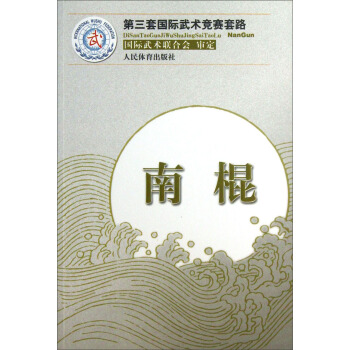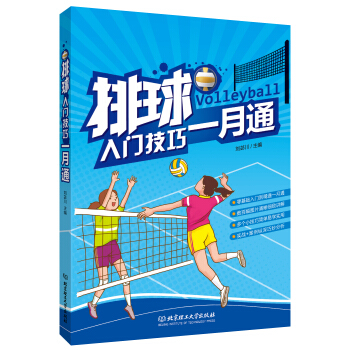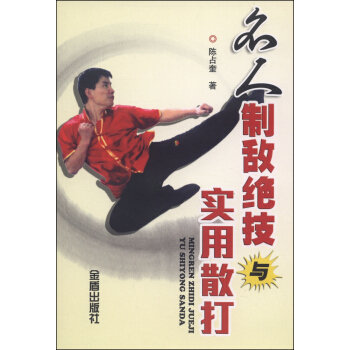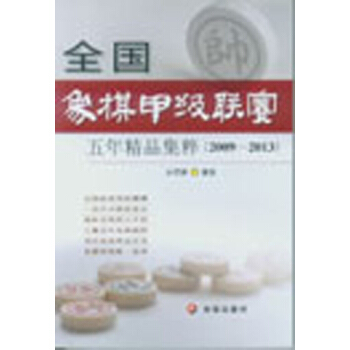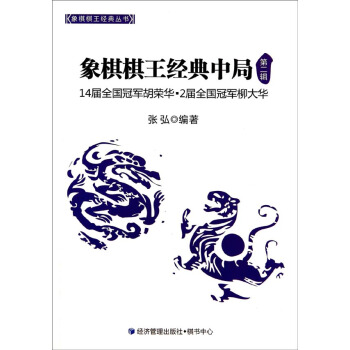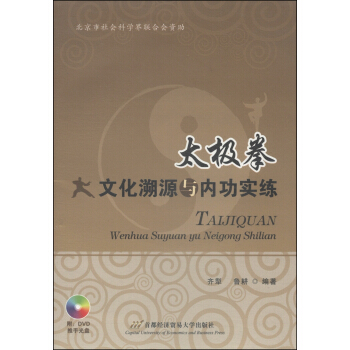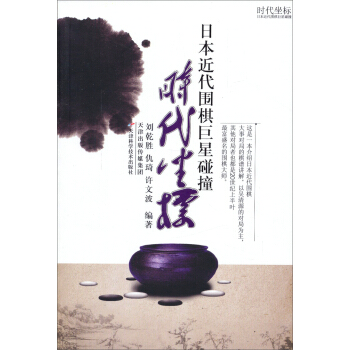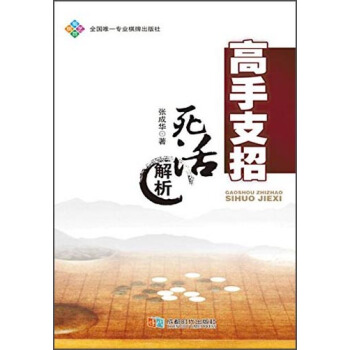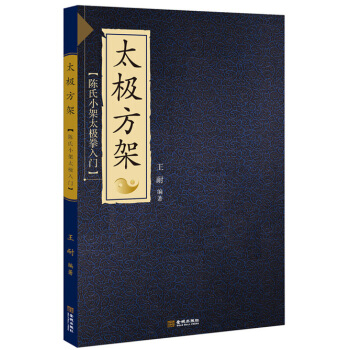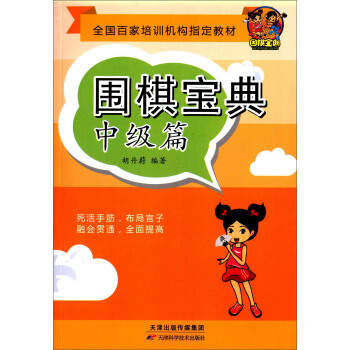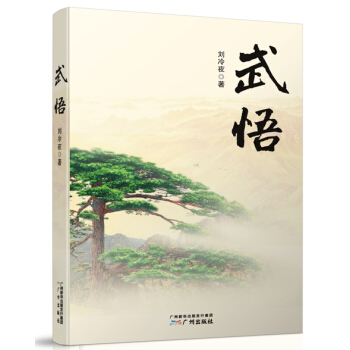具体描述
内容简介
第三套国际武术竞赛套路包括长拳、刀术、棍术、剑术、枪术、太极拳、太极剑、南拳、南刀、南棍。共有来自中国、美国、日本、马来西亚、中国澳门等国家和地区的15名教练员、裁判员及专家参与了创编工作。在《第三套国际武术竞赛套路:太极剑》创编过程中,编者王玉龙、徐伟军参阅了大量的文献资料,听取了各方面的意见,认真总结了一套、第二套国际武术竞赛套路的经验。按照遵循武术套路运动规律,突出项目风格特点,技术发展方向的原则集体创编而成。 目录
一、太极剑套路简介
二、太极剑套路动作名称
三、太极剑套路动作图解
四、太极剑套路动作运行路线示意图
五、太极剑套路动作连续演示图
剑影流光,气韵生太极——《太极剑法精要》 martial arts, the sword has always held a place of honor, representing not just a weapon, but a philosophy, a discipline, and an extension of the practitioner’s spirit. Among the myriad of sword arts, the Tai Chi sword stands out, a testament to the profound principles of Tai Chi Chuan gracefully translated into the flowing, circular movements of the blade. This volume, Tai Chi Sword Essentials, delves into the heart of this exquisite art, aiming to illuminate its core concepts and practical application for the aspiring and seasoned practitioner alike. It is a journey into the world where the body, mind, and sword move in harmonious unity, creating a dance of power and serenity. The art of Tai Chi sword is not merely about mastering a series of movements; it is about cultivating a deep understanding of Tai Chi principles and embodying them through the medium of the sword. It is a practice that nurtures both physical prowess and inner peace, a discipline that sharpens the senses and calms the mind. This book endeavors to provide a comprehensive guide, laying bare the foundational techniques, the underlying theories, and the nuanced execution that define this beautiful martial art. We will explore the essence of Tai Chi sword, not as a combat sport in isolation, but as an integral part of the larger Tai Chi system, drawing strength and wisdom from its roots. I. The Genesis and Philosophy of Tai Chi Sword To truly grasp the essence of Tai Chi sword, one must first understand its historical context and philosophical underpinnings. Tai Chi sword, or Taijijian, is a relatively later development within the Tai Chi family, emerging from the foundational principles of empty-hand Tai Chi. It is said to have been developed by the Yang family, inheriting the flowing, yielding, and internally focused nature of their empty-hand forms. Unlike more aggressive sword styles that emphasize brute force and direct confrontation, Tai Chi sword embodies the principles of "softness overcoming hardness" (rou ke gang), "using deflection to overcome force" (yi qing jie li), and "following the opponent's movement" (suigen). The philosophical core of Tai Chi sword is deeply rooted in Taoist thought, particularly the concept of Yin and Yang. The movements are characterized by the interplay of stillness and motion, extension and retraction, opening and closing. The sword itself becomes an extension of the practitioner's qi (vital energy), and its movements are guided by the intention (yi) and the breath. This holistic approach distinguishes Tai Chi sword from many other martial arts, transforming it into a moving meditation, a form of moving mindfulness that cultivates both physical health and mental clarity. The practice is not about achieving a state of aggression, but about cultivating a state of centeredness, awareness, and balanced power. II. Foundational Principles and Essential Techniques At the heart of Tai Chi sword lies a set of fundamental principles that govern its every movement. These are not mere abstract concepts but practical guidelines that inform the posture, intent, and execution of each technique. Coordination of Body and Sword: The sword is never an independent entity; it is an extension of the practitioner's entire body. Every movement of the limbs, waist, and even the eyes is coordinated with the sword's trajectory. The body leads, and the sword follows, imbued with the energy generated from the dan tian. This creates a seamless, unified flow, making the sword an organic part of the practitioner. The Unity of Intent and Action: The yi (intention or mind) is the commander. Before any movement is initiated, the mind clearly visualizes the intended action, and the qi follows. This mental focus is crucial, directing the energy and ensuring that the sword movements are purposeful and effective. It is the mind that guides the qi, and the qi that moves the body and the sword. Circular and Spiraling Movements: Tai Chi sword is characterized by its predominantly circular and spiraling motions. These are not arbitrary curves but embody the principles of yielding, redirection, and efficient energy transfer. Circular movements allow for continuous flow, seamless transitions between techniques, and the ability to deflect and neutralize an opponent's force rather than meeting it head-on. Rooting and Stability: Despite its flowing nature, Tai Chi sword requires a stable and well-rooted stance. The practitioner’s connection to the ground is paramount, providing a foundation of strength and allowing for the generation of power from the earth. This rooting is not rigid but dynamic, allowing for subtle shifts and adjustments while maintaining an unshakeable center. Breathing and Rhythm: Breath is intrinsically linked to movement in Tai Chi sword. Deep, abdominal breathing facilitates the circulation of qi and promotes relaxation. The rhythm of the breath often dictates the rhythm of the movements, creating a natural, flowing cadence that enhances both performance and internal cultivation. Building upon these principles, Tai Chi Sword Essentials systematically introduces the fundamental techniques that form the building blocks of any Tai Chi sword form. These include: Basic Sword Grips and Postures: Understanding the correct way to hold the sword is crucial. The grip should be firm yet relaxed, allowing for flexibility and control. Various stances, such as the empty stance, horse stance, and bow stance, are adapted for swordplay, emphasizing balance and stability. The Twelve Basic Sword Techniques: These form the core repertoire of Tai Chi sword movements. They include: Pointing (Zhi): Extending the sword forward with precision and intent. Stabbing (Ci): A direct thrust, often with a focus on penetration. Parrying (Ge): Deflecting an incoming attack, often with a sweeping motion. Cutting (Pi): A downward or sideways chopping motion. Sweeping (Sao): A broad, circular motion to clear an area or deflect multiple attacks. Thrusting (Tiao): A quick, upward or forward thrust. Winding (Chan): Coiling and spiraling the sword, often to entangle or redirect. Blocking (Ying): Using the sword to ward off an incoming strike. Pressing (Ya): Applying downward pressure with the sword. Drawing (Tuo): Pulling the sword back, often as a preparatory or defensive move. Dashing (Sha): A quick, explosive forward movement. Picking (Dian): A sharp, pointed upward thrust, often to attack an opponent’s weapon. Each of these techniques is not an isolated move but a component of a larger, flowing sequence. Their application involves subtle shifts in body weight, precise footwork, and coordinated hand and wrist movements. III. The Art of Application and Practice While mastering the forms is essential, the true essence of Tai Chi sword lies in its practical application and the consistent dedication to practice. This book guides the reader beyond mere memorization of movements, focusing on developing the underlying martial intent and sensitivity. Understanding Sword Energy (Jian Qi): Jian qi is the vital energy that flows through the sword, animated by the practitioner's internal energy. It is not about brute force but about generating a subtle, pervasive power that can deflect, disrupt, and penetrate. This energy is cultivated through focused intent, proper breathing, and the harmonious movement of the entire body. Sensitivity Training (Tui Jian): Similar to tui shou (push hands) in empty-hand Tai Chi, tui jian (push sword) or tui dao (push saber, a related art) is crucial for developing sensitivity to an opponent's movements, their intentions, and the flow of energy. Practicing with a partner, even with blunt swords or wooden sticks, allows one to learn how to yield, redirect, and counter effectively. The Importance of Footwork: Tai Chi sword footwork is fluid and dynamic, mirroring the circularity of the sword movements. Proper footwork ensures balance, stability, and the ability to generate power from the ground up. Techniques such as stepping, shifting weight, and pivoting are integral to the smooth execution of the form. Developing Internal Power (Nei Jin): Tai Chi sword is an internal martial art, meaning that power is generated from within, through the cultivation of qi and the development of specific types of internal strength (jin). This contrasts with external martial arts that rely primarily on muscular strength. Nei jin in Tai Chi sword is characterized by qualities such as silk reeling, sinking, and rooting. Practice Methodologies: This section will explore effective ways to practice Tai Chi sword, including: Individual practice of forms: Emphasizing correctness of posture, fluidity of movement, and correct application of techniques. Partner practice: Focusing on sensitivity, timing, and defensive/offensive strategies. Qigong exercises for sword practitioners: Specific exercises designed to enhance qi cultivation, flexibility, and coordination, such as sword-specific qigong and warm-up routines. Mental training: Cultivating focus, visualization, and stillness of mind. IV. Beyond the Form: The Cultivation of Spirit Ultimately, Tai Chi sword is more than just a martial art; it is a path of self-cultivation. The consistent practice leads to a profound transformation, impacting not only the physical body but also the mind and spirit. Cultivating Calmness and Focus: The intricate movements and the requirement for precise intention foster a deep sense of concentration and mental discipline. The practice helps to quiet the noise of the external world, bringing the practitioner into a state of focused awareness. Enhancing Physical Health: The gentle yet powerful movements of Tai Chi sword improve balance, flexibility, coordination, and strength. It is a low-impact exercise that can be beneficial for people of all ages and physical conditions, promoting cardiovascular health, joint mobility, and overall well-being. Developing Patience and Perseverance: The journey of mastering Tai Chi sword is a long one, requiring dedication, patience, and perseverance. Each setback is an opportunity for learning, and each small victory builds confidence and resilience. Connecting with Nature and Tradition: Tai Chi sword, like its empty-hand counterpart, draws inspiration from the natural world – the flowing of water, the strength of mountains, the grace of a bird in flight. Practicing it connects one to ancient traditions and a timeless wisdom that emphasizes harmony with oneself and the environment. Tai Chi Sword Essentials is envisioned as a companion for every step of this profound journey. It seeks to demystify the art, providing clear explanations, detailed illustrations, and practical advice. Whether you are taking your first steps into the world of Tai Chi sword or are an experienced practitioner looking to deepen your understanding, this volume offers a comprehensive and insightful exploration of this truly captivating martial art. It is an invitation to discover the elegance, power, and profound inner peace that lies within the flowing movements of the Tai Chi sword.
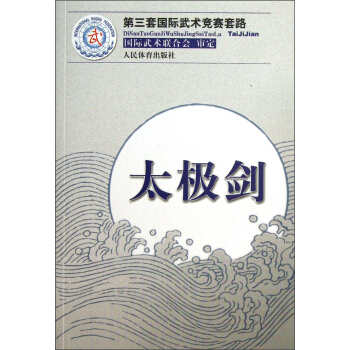


![体育(第5版) 裴海泓/本科临床/十二五普通高等教育本科国家级规划教材 [Physical Education] pdf epub mobi 电子书 下载](https://pic.tinynews.org/11261881/53c4ea8bNc5e6205b.jpg)
